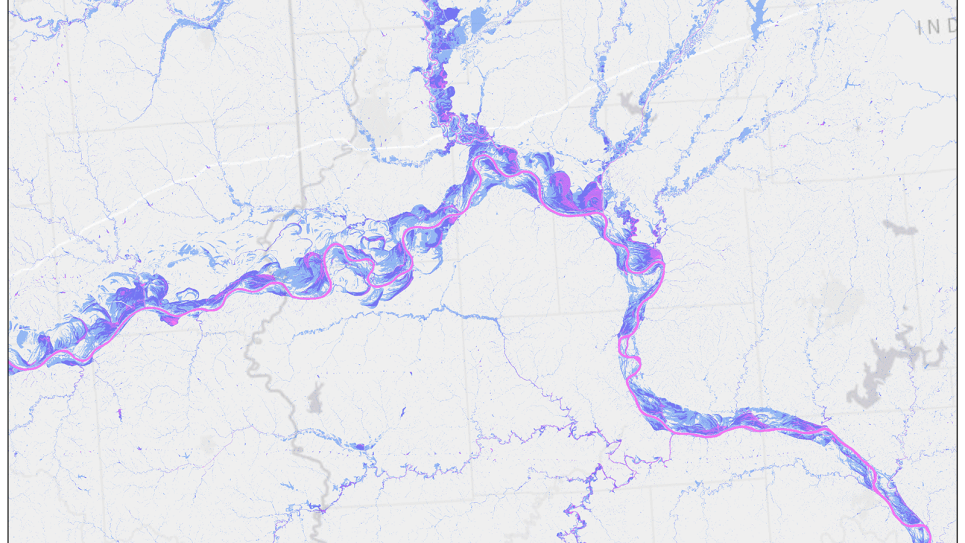Recent destructive earthquakes including Haiti (2010), Chile (2010), New Zealand( 2011), and Japan (2011) highlight the national and international need for improved seismic hazard information. What can be done to reduce the hazard from these inevitable natural events? INCITE high-performance computing resources can be used to reduce the hazards from these natural events. However, SCEC researchers need access to substantial HPC resources to apply recent computational improvements into standard seismic hazard forecasts.
SCEC will use INCITE resources to calculate an improved probabilistic seismic hazard forecast for California. The SCEC CyberShake 3.0 hazard model calculation will be based on a new USGS Unified California Earthquake Rupture Forecast 3.0 (UCERF3.0) scheduled for release by the USGS in June 2012. It will also produce a seismic hazard model for California that is directly comparable to the official USGS seismic hazard model and will show the seismic hazard community how HPC resources can improve official, broad-impact, USGS-regulated seismic hazard forecast data products. In the United States, the USGS has official regulatory authority to produce seismic hazard estimates. Official USGS seismic hazard estimates are used as inputs into state and national building code processes, thereby affecting billions of dollars in construction costs each year. Scientific improvements to seismic hazard forecasts must be accepted and adopted by the USGS before such improvements can have broad impact. SCEC, as a USGS- and NSF-funded research center, is in a unique position to pioneer, and accelerate, the application of HPC computational techniques into official, broad impact, seismic hazard forecast models.


